The Meizu PRO 5 Review
by Matt Humrick on June 24, 2016 8:00 AM EST- Posted in
- Smartphones
- Exynos
- Mobile
- Meizu
- Exynos 7420
Display
The PRO 5 comes with a 5.7-inch FHD (1920x1080) SAMOLED display made by Samsung, which means it uses a diamond PenTile subpixel layout. With a pixel density of just 386ppi, it will be fairly easy to notice the effects of the subpixel array if you look carefully.
We’ll measure the performance of the PRO 5’s display with an X-Rite i1Pro 2 spectrophotometer and an i1Display Pro colorimeter for brightness and contrast measurements, and we’ll use SpectraCal's CalMAN 5 software to manage the data.
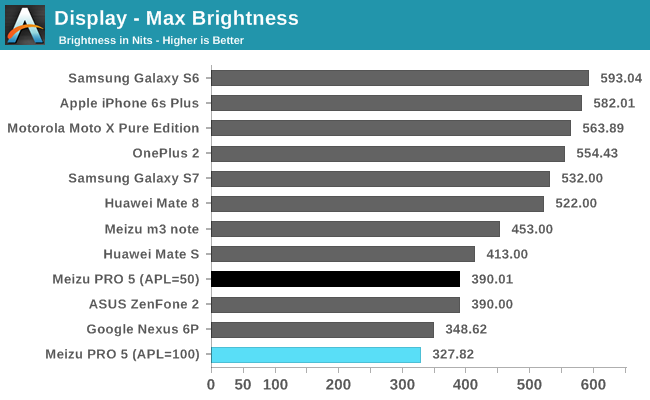
We test a display’s max brightness with a white image at 100% APL, which is more difficult for OLED displays. Except for Samsung’s Galaxy S6 and S7, which have a special overdrive mode that temporarily boosts brightness when auto-brightness is enabled, the other OLED panels in our chart struggle to break 400 nits. The Meizu PRO 5 reaches a prosaic 328 nits, a little less than the Nexus 6P and significantly less than most of the LCD displays in this chart. Reducing APL to 50% allows the PRO 5 to reach 390 nits, which is still below the 400 nit threshold I consider to be acceptable. While the PRO 5 is bright enough for most indoor situations, it becomes difficult to see the screen outdoors or when there’s bright reflections.
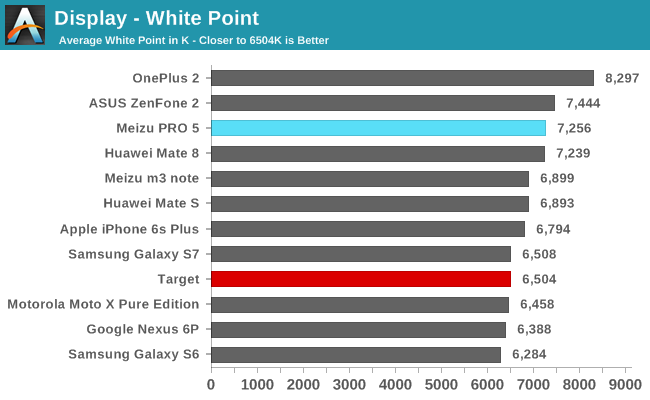
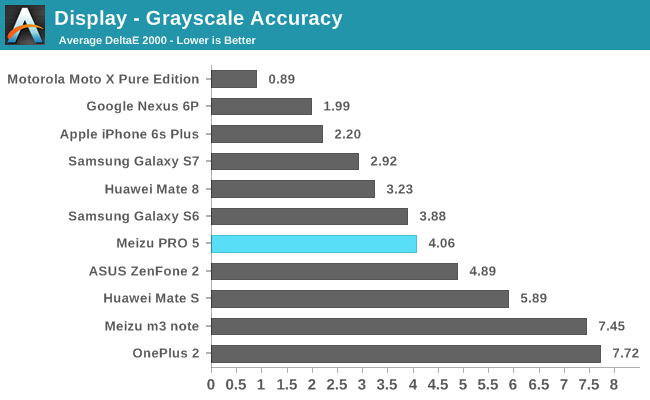
Because the PRO 5 uses an AMOLED display that can completely turn off individual pixels, it delivers a black level equal to zero. Mathematically, this gives it an infinite contrast ratio, although, in practice, reflections from the cover glass reduce the effective contrast ratio, an unavoidable issue that affects both AMOLED and IPS panels.
The PRO 5 adopts a cool white point of 7,256 K, similar to the Huawei Mate 8. This gives the display a noticeable blue tint to shades of gray and an all-white background; however, it’s not nearly as bad as the OnePlus 2 or LG G5.
Meizu’s Flyme OS does provide a slider in the settings menu to adjust the white point if the default setting is not to your liking, although the adjustment range is fairly limited. The average white point hits 7,715 K at its coldest setting and only 7,019 K at its warmest setting, which is still cooler than the ideal value and still shows a bluish-green tint on white backgrounds. It’s great that Meizu provides some level of adjustment, but it definitely needs to refine the level of control.
The cooler white point resulting from the imbalance between the blue and red primary colors hurts the PRO 5’s grayscale accuracy. Its average ΔE2000 error is far from the worst we’ve seen, but it’s still greater than 3, which is the threshold where error is noticeable but considered acceptable. The grayscale error actually remains reasonable below 50% luminance at which point the error becomes more apparent, eventually reaching a maximum error of just over 6 near 100% luminance.
The one bright spot in the PRO 5’s grayscale performance is gamma. At both 200 nits and its max brightness, gamma is equal or close to the ideal value of 2.2 and remains constant over a full luminance sweep, reducing color shifts and preserving shadow and highlight detail.
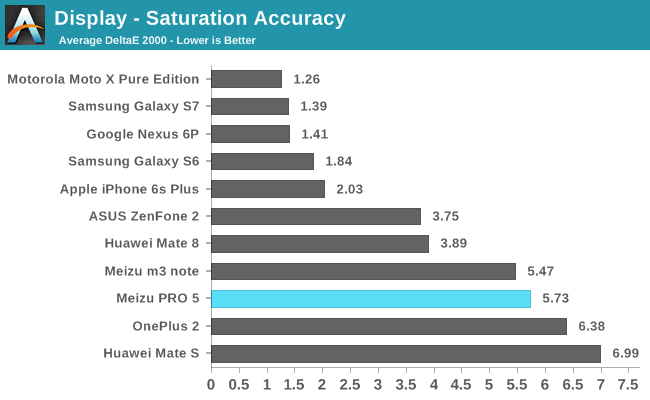
The PRO 5 uses a wide-gamut SAMOLED panel whose blue and green primary colors extend beyond the sRGB color space. Because Android does not have a color management system and the majority of content intended for computer displays uses the sRGB color space, the PRO 5’s wider color gamut only leads to inaccurate, oversaturated colors.
Looking at the saturation sweep graph, the only color that comes close to hitting all of its saturation targets is red. The other primary and secondary colors all appear oversaturated because of the PRO 5’s wider color gamut. With green and cyan, for example, a 60% saturation level is displayed as being 100% saturated in the sRGB color space. If you prefer saturated, vivid colors, this probably will not bother you. If color accuracy is important to you, however, you will be disappointed.
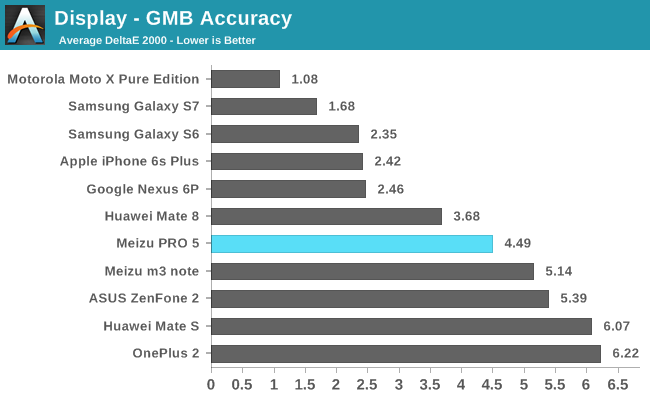
The PRO 5’s cool white point and wide gamut panel lead to mediocre color accuracy. It trails more expensive flagship devices with AMOLED panels such as the Galaxy S7 and Nexus 6P, but it also cannot match the performance of the Moto X Pure Edition’s display, a phone that is closer to the PRO 5’s price point.
The PRO 5’s display is not horrible; it does perform better than the more expensive LG G5 as well as phones closer to its own price such as the Asus ZenFone 2 or OnePlus 2. But as Meizu’s flagship device, its grayscale and color accuracy should be better. Panel brightness is also a weak point, failing to reach 400 nits even at 50% APL. Its viewing angles are excellent, however, and the display is bonded to the cover glass, reducing reflections and giving the screen a painted on look.


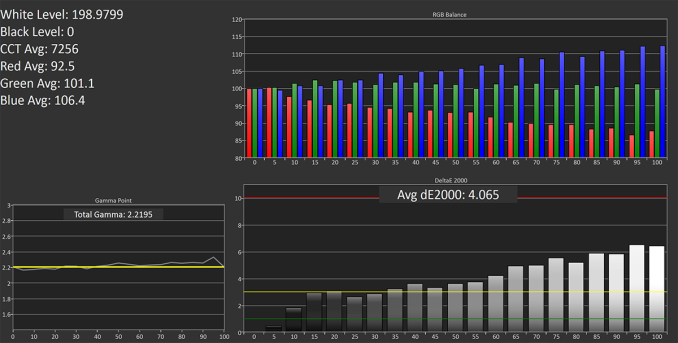

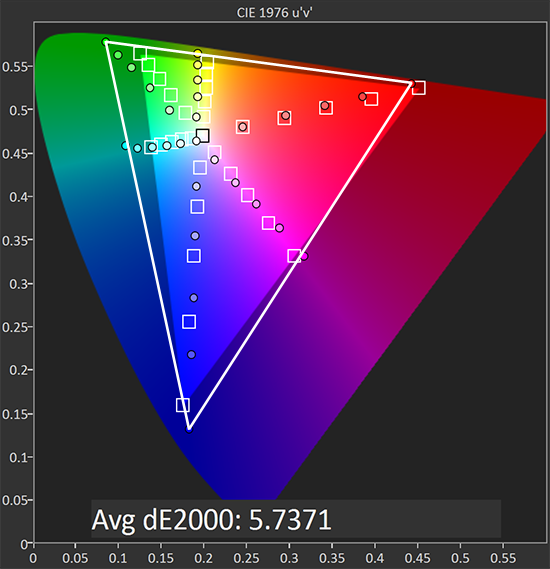
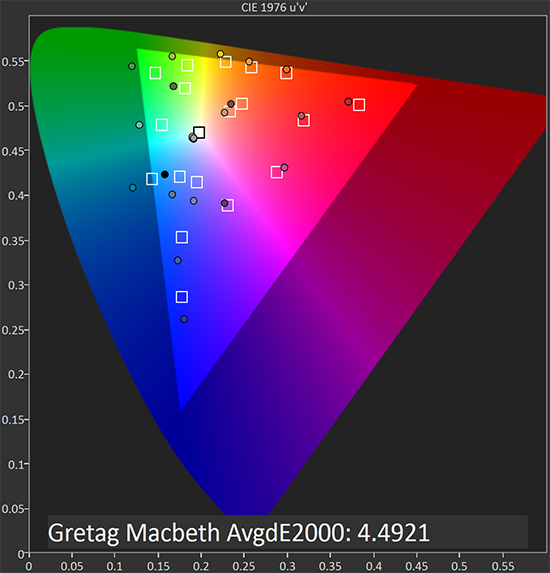









80 Comments
View All Comments
Impulses - Friday, June 24, 2016 - link
Yup, personally I don't care much for these reviews (unless the devices are more readily available in the USA) but I don't mind them either (the audio part here was very interesting!) AND I DO remember reading requests for Meizu/Xiaomi/etc reviews for a long long time in the comments section of older reviews... I've no doubt Andrei is right as far as the existing demand for this content.jimbo2779 - Friday, June 24, 2016 - link
I think it's great to see brands that are not just us centric.aryonoco - Friday, June 24, 2016 - link
Thanks Andrei.I have no problems with phones targeting different markets being reviewed. In fact as someone from Australia, I like that AT seems to be less NA focused recently.
Can I just ask that reviews list the LTE bands supported clearly in the spec table? It really is as important as storage or camera spec, at least. I know which bands my carrier uses, so if the LTE bands are listed, I'd know if the phone is useful for me or not. Sometimes finding exactly the LTE bands that some of these Chinese phones support is not at all east.
asfletch - Monday, June 27, 2016 - link
At least most Chinese phones support band 3, which is common to all the major carriers here in Australia. Makes them much more attractive for us than for US buyers. Many also support Band 40, which is used by Optus. Support for Bands 5 and 28 is rare though, so we tend not to get the fastest available service on Chinese handsets.LiverpoolFC5903 - Tuesday, July 5, 2016 - link
Thank you!The likes of Meizu, Xiaomi,Oppo, Vivo, Huawei, ZTE, One plus and others have a lot of good stuff to offer and at mostly great prices.
Keep doing what you are doing, love the content on here.
andychow - Sunday, June 26, 2016 - link
I agree with you %100. Anandtech doesn't review %20 of available phones, why would they review phones incompatible with North American LTE? Cover us first, then cover the in-compatible phones with a big warning. America comes first. That's the truth.more-or-less - Friday, June 24, 2016 - link
BTW to all AT editors, can you include comments using Facebook/Twitter/Google/Disqus etc., I have been reading for years, yet never wanted to create a seperate account for commenting.Impulses - Friday, June 24, 2016 - link
Disqus is annoying AF... IMO Only good part about it are email notifications, but it loads slow and doesn't look that great.Eden-K121D - Friday, June 24, 2016 - link
AnandTech is too goddamn lazy and lethargic to bring the S7 review part 2 or HTC 10 review or GTX 1080/70 reviwGeranium - Friday, June 24, 2016 - link
@AnandTech,Why you guys are putting Android benchmark and iOS benchmark in same chart? Aren't those different platform?